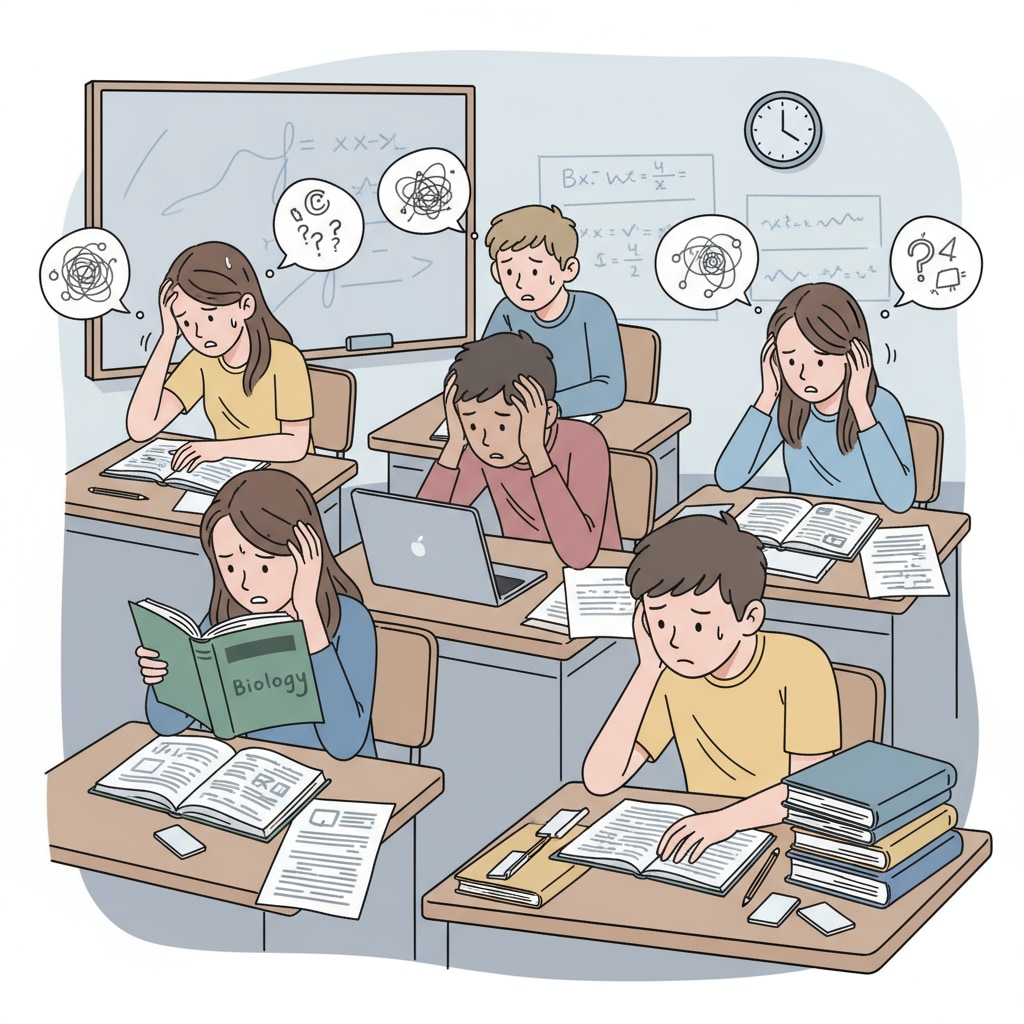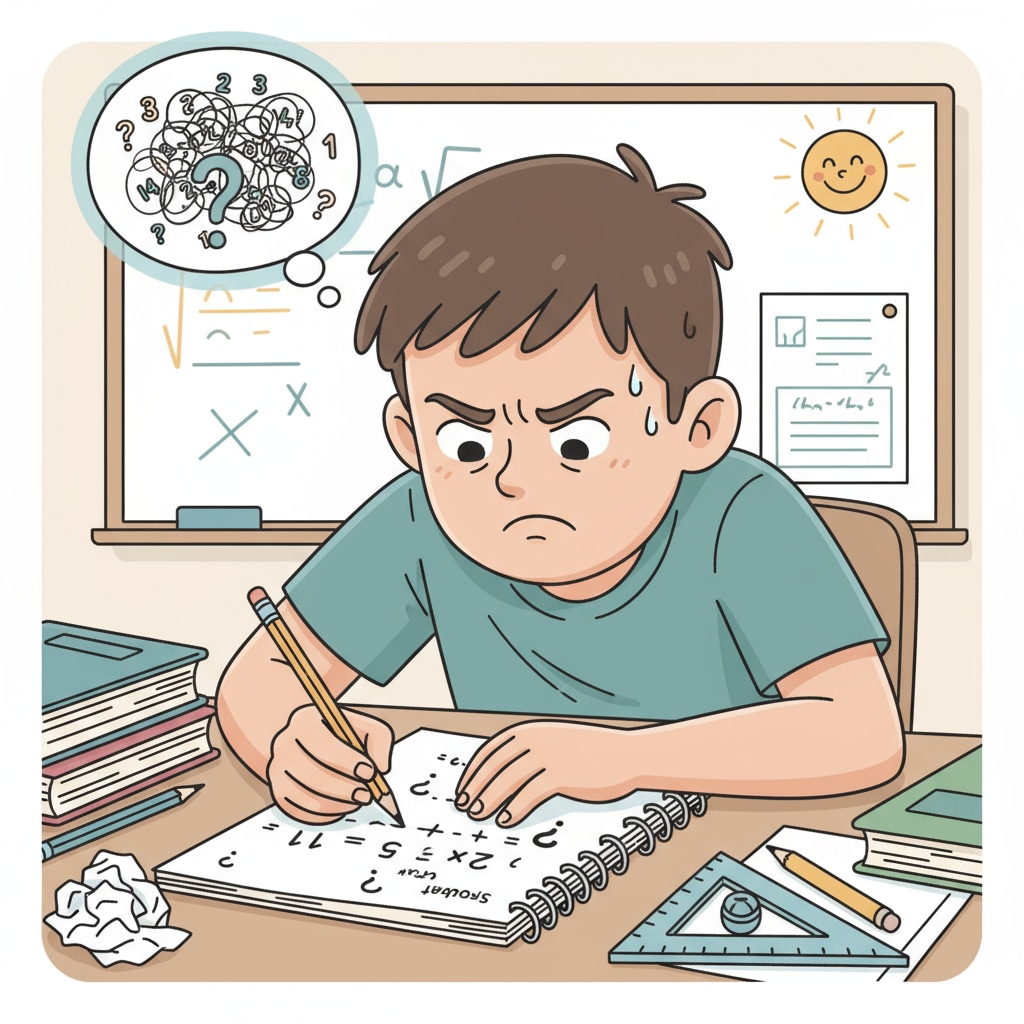Learning difficulties, anxiety, and self-doubt often go hand in hand among adolescents, creating a challenging landscape for their educational journey. In today’s highly competitive academic environment, many young people struggle with these issues, which can have a profound impact on their overall well-being.

The Burden of Learning Difficulties
Learning difficulties can manifest in various ways, such as problems with reading, writing, math, or attention. These challenges can make it tough for students to keep up with their peers, leading to frustration and a sense of inadequacy. For example, a student with dyslexia may have trouble decoding words, which can slow down their reading speed and comprehension. As a result, they may fall behind in class and feel discouraged. According to Understood.org, many learning difficulties are neurobiological in nature and require specialized support.

The Vicious Cycle of Anxiety
Anxiety often accompanies learning difficulties. The fear of failure, disappointing parents or teachers, and the pressure to perform can trigger high levels of anxiety in adolescents. This anxiety, in turn, can further impede their ability to learn and concentrate. For instance, a student who is anxious about an upcoming test may have trouble sleeping and focusing during the exam, leading to poor performance. This can then reinforce their anxiety and self-doubt. As stated by the American Psychological Association, anxiety disorders are common among young people and can significantly impact their academic performance.
Self-doubt is another consequence of learning difficulties and anxiety. When students repeatedly face challenges and setbacks, they may start to question their own abilities. This can lead to a lack of confidence, motivation, and a negative self-image. For example, a student who has struggled with writing for a long time may believe that they are simply not good at it and give up easily. It’s crucial to break this cycle and help students regain their confidence.
Readability guidance: By understanding the nature of learning difficulties, anxiety, and self-doubt, we can better support adolescents. In the next section, we will explore practical strategies for parents, teachers, and students to address these issues.


